There are countless stories of people being punished for things they didn’t do throughout history, due to factors like false witnesses, forced confessions, and faulty forensic evidence. As you might imagine, these often have devastating consequences for the accused. In some cases, innocent people have even paid the ultimate price for their alleged crimes.
10. Yoshiyuki Kono

On June 27, 1994, a mass poisoning by terrorists in Matsumoto, Japan, killed six people and injured several others. According to newspapers, it was carried out by one Yoshiyuki Kono, a technology salesman who lived near the site of the attack at the time. Police considered him a suspect, even though his wife may have been the first victim of the attack.
Kono was indicted by local newspapers and subjected to an extensive media trial, and even claimed to have received anonymous death threats from all over Japan for his alleged role in the attack. Of course, there was no evidence linking him to the attack, and it was later revealed that it was carried out by a cult called Aum Shinrikyo - the same group responsible for the infamous Tokyo subway bombing in 1995. Although he was never arrested, the police chief did publicly apologize to Kono for the whole thing.
9. George J. Stinney Jr.

George J. Stinney, Jr. was a 14-year-old African-American boy accused of murdering two white girls in the racially segregated town of Alcolu, South Carolina, in 1944. He was arrested, tried, and sentenced to death by electrocution in a trial that lasted only a couple of hours. Stinney's execution took place less than three months after his arrest, making him the youngest person sentenced to death in the United States in the 20th century.
Stinney's case had numerous problems, including a lack of evidence linking him to the crime other than the local police chief's testimony, and the fact that he was arrested without a warrant. In 2014, about 70 years after his execution, a judge overturned Stinney's conviction and acquitted him of the crime, formally declaring that the trial was a "gross and fundamental injustice."
8. Sally Clark

Sally Clarke was a British lawyer who was accused of murdering her two young sons. Although she was convicted in 1999 and sentenced to life in prison, Clarke was eventually exonerated by the UK Court of Appeal in 2003 after her conviction was overturned due to faulty expert testimony and inadequate evidence.
Clarke's case attracted widespread media attention and became the subject of intense public scrutiny. Although she was eventually able to clear her name, she still had to spend about three and a half years in prison for a crime she did not commit, in addition to the trauma of losing her children. In fact, they both may have died of natural causes. Sally Clarke's story ended tragically in 2007 when she was found dead in her home at the age of 42.
7. Ray Crown

Ray Crone was a U.S. Postal Service worker who was falsely accused of the 1991 murder of Kim Ancona, a bartender who worked in Phoenix, Arizona. He was convicted in 2002 and sentenced to death, although the case against him was based on faulty forensic evidence, including bite mark analysis that has since been proven unreliable. Crone spent more than a decade in prison before being exonerated, thanks in large part to the efforts of the Innocence Project, a nonprofit organization that works to overturn wrongful convictions.
The true culprit turned out to be a notorious sex offender named Kenneth Phillips, though Crone still had to spend more than a decade in prison for the crime. He would become the 100th inmate released from death row in the United States. His case highlighted the ever-growing need for modern forensics in law enforcement, especially when the consequences included wrongful death sentences.
6. Hamid Hayat
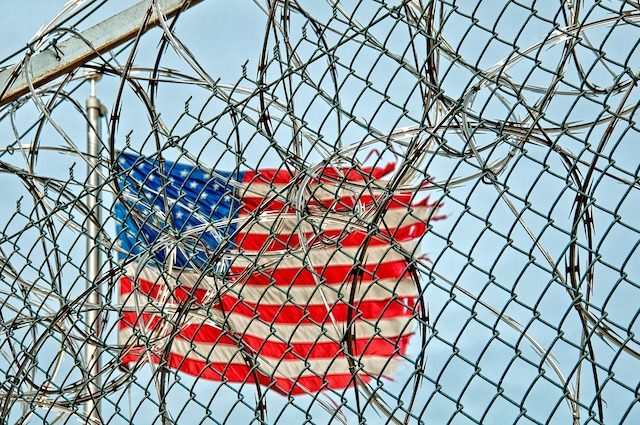
Hamid Hayat was arrested in a frenzy immediately after 9/11 on false charges of providing material support to terrorists and attending a militant training camp in Pakistan. He was taken into custody in 2005, convicted, and sentenced to 24 years in prison.
Hayat’s case was controversial, particularly due to the lack of clear evidence linking him to the crimes. The defense argued that it was a case of racial profiling, with Hayat targeted because of his faith, and that the case against him was based on coerced or unreliable testimony. In 2020, a federal judge overturned his conviction, saying the government’s case was based on insufficient evidence. Hayat was exonerated in 2019, but only after serving more than 14 years of his life in prison.
5. Sakae Menda

Sakae Menda was a Japanese citizen who was arrested in 1948 and accused of murdering a Buddhist couple in the hot spring town of Hitoyoshi. Although he initially claimed an alibi and there was no evidence linking him to the crime, Menda was found guilty and sentenced to death by hanging in 1950.
As it turned out, the confession used to indict him was fabricated by local police, possibly to secure a conviction. After years of appeals and campaigns by his supporters, a district court overturned it in 1983, citing a lack of credible evidence or testimony, and acquitted him of any crime. Mende was 57 at the time and had already spent some 34 years on death row before he was finally released.
4. Paul House
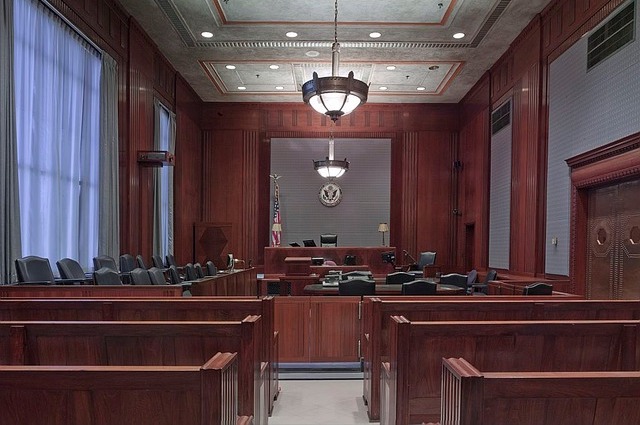
Caroline Muncy was raped and murdered in her Union County, Tennessee, home in July 1985. In 1986, Paul House, who lived in the same area, was arrested and charged with the crime. Despite a lack of physical evidence linking him to the crime, he was found guilty and sentenced to death.
Over the next two decades, House maintained his innocence and fought to prove it. In 2006, new evidence was presented to Tennessee courts pointing to another man as the likely culprit, although the conviction still stood.
House's case was retried in 2009, thanks to the intervention of the Supreme Court and some new DNA evidence that conclusively proved that the crime was committed by Caroline's husband. The conviction was overturned after the prosecutor dropped all charges, but only after House had already spent nearly two decades in prison for a crime he did not commit.
3. Jean Charles de Menezes
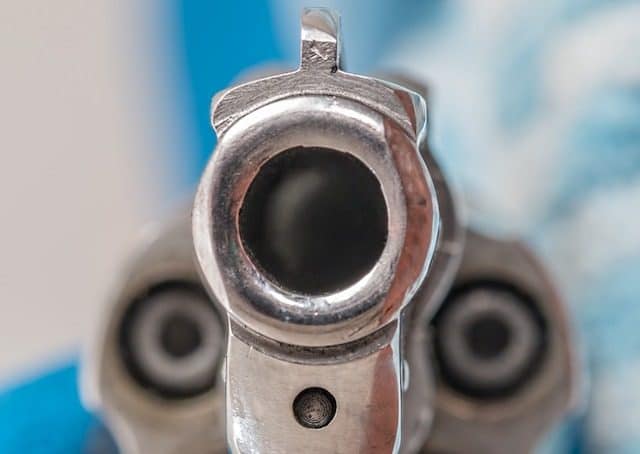
On 22 July 2005, police officers in London confronted and shot dead Brazilian electrician Jean Charles de Menezes, convinced he was one of the terrorists responsible for a series of attacks the previous day. An investigation was launched, and in 2007 the Metropolitan Police were found guilty of mistaking Menezes for one of four actual suspects. However, the officer who carried out the shooting, Cressida Dick, was later acquitted.
The incident sparked outrage from the public and human rights groups across Europe, with most people calling it a case of police abuse and brutality. Menezes' death has sparked a much-needed conversation about law enforcement practices and what they should allow, especially in terrorism-related cases.
2. Timothy Evans
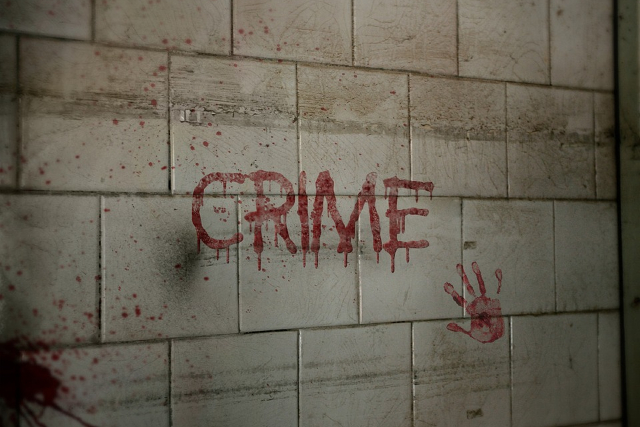
Timothy Evans, a Welshman living in London, was convicted of the murder of his wife and infant daughter and executed on 9 March 1950. He was found guilty despite protesting his innocence and providing an alibi largely based on confessions that were later discovered to be fabricated. In fact, they had been entirely written by the police, and Evans was forced to sign them only after they had been read to him.
It was later revealed that the real culprit was a serial killer and necrophile named John Christie, who lived in the same apartment building as the Evans family. Christie had previously testified against Evans at his trial and was later convicted of murdering at least six other women.
1. Derek Bentley
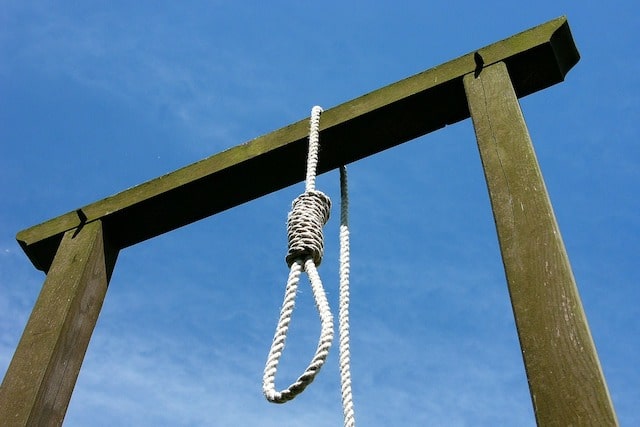
On November 2, 1952, a policeman was shot dead during a robbery in London. The suspects, Christopher Craig and Derek Bentley, were arrested at the scene. Craig, who was only 16 at the time, confessed to firing the fatal shot, but Bentley, 19, was still charged as an accessory.
He was charged with murder and convicted despite a lack of evidence linking him to the shooting. It was all based on what he said when the police officer asked Craig to hand over the gun. According to their defense, "Give it to him, Chris" was a clear incitement to commit the crime, making him an accessory.
Derek was sentenced to death and hanged in 1953, while Craig, too young for death row, was given life in prison. Bentley's conviction was overturned by the Court of Appeal in 1998 and he was granted a posthumous pardon when it was realised that he had indeed had nothing to do with the murder.














Оставить Комментарий